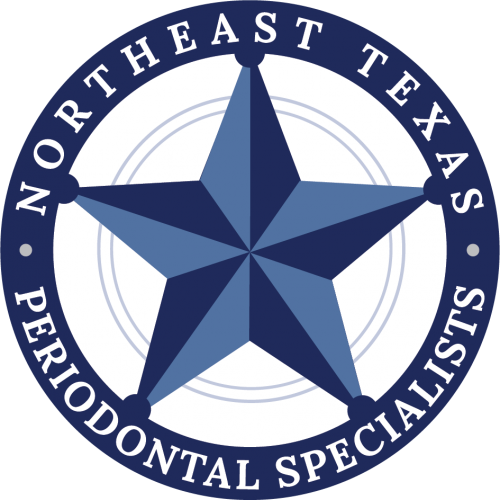How Painful Is Gum Grafting?
Gum grafting is a procedure designed to restore gum tissue that has receded, often due to gum disease, aggressive brushing, or genetics. While the idea of surgically attaching new tissue to your gums may sound intimidating, the procedure is more manageable and less distressing than many expect.
That said, some discomfort during and after the operation is to be expected. Understanding what kind of discomfort the procedure typically involves and how to manage it during and after the operation can make the experience much less daunting.
Comfort, Before and After
Most patients are surprised to learn that the gum grafting procedure itself is not especially painful. Local anesthesia is used to numb the area being treated, and sometimes a mild sedative is offered to help the patient relax. During the actual surgery, you will feel pressure but not sharp pain.
Once the anesthesia from the procedure wears off, mild to moderate discomfort may very well set in and can last for several days. The degree of pain varies depending on the type of graft, the number of teeth involved, and whether tissue was taken from your own mouth. Most patients report that the roof of the mouth, if used as a donor site, is more tender than the graft site itself.
Pain after gum grafting is typically managed with over-the-counter medications such as acetaminophen or ibuprofen. In some cases, the dentist may prescribe a stronger pain reliever for the first day or two. Ice packs applied to the face in 15-minute intervals can help reduce both swelling and discomfort. It is important to follow all aftercare instructions closely, especially in the first 48 hours when symptoms tend to peak.
Coping with Common Symptoms
Swelling and sensitivity are common during the first week of recovery. The gums may appear red or slightly puffy, and eating or speaking may feel awkward at first. To minimize irritation, patients are advised to stick to soft foods and to avoid anything spicy, crunchy, or very hot.
By the end of the first week, most patients notice a significant reduction in discomfort. Full healing can take several weeks, depending on the individual’s health and the extent of the procedure, but the initial recovery is often smoother than patients expect. Staying hydrated, resting, and following your dentist’s instructions will contribute to a smoother recovery.
In the early stages of healing, you should avoid brushing or flossing the graft site until your dentist gives the go-ahead. Instead, you may be instructed to rinse gently with a prescribed antimicrobial mouthwash to reduce the risk of infection. Touching or disturbing the area can cause unnecessary pain and even tissue damage. If tissue is taken from the roof of the mouth, a small protective dressing may be applied to shield the donor site during those sensitive early days.
If pain becomes severe, spreads, or is accompanied by fever or unusual discharge, it is important to contact your dental provider right away. These could be signs of infection or complications that require prompt attention.
By preparing in advance, understanding what to expect, and managing pain with the recommended strategies, you can get through the process with confidence and come away with healthier, more stable gums that are well worth the effort.

